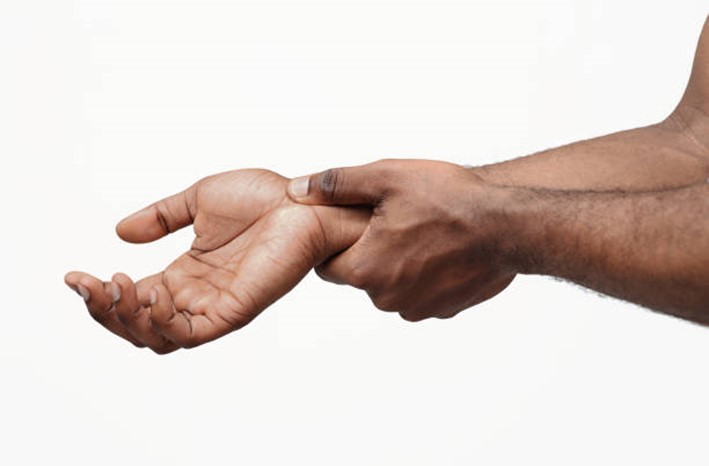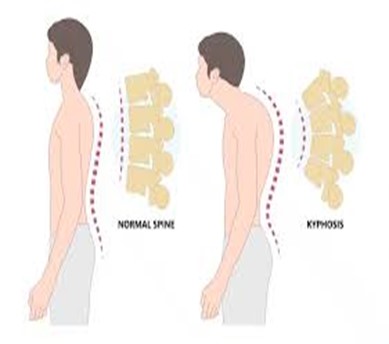Kyphosis, commonly known as hunchback, is a disorder where there is an excessive spinal curve on the upper spine. It causes the upper back to appear more rounded.
Depending on the severity, individuals with a significant curve will have a great deal of muscular pain and limitation. While those whose curves are less exaggerated, may initially have no symptoms.
Signs and symptoms
- A hunched back with a visible hump on the back
- Back pain
- Muscle fatigue
- Rounded shoulders
- Spine stiffness and restricted movement
- Difficulty standing up straight.
Causes
- Poor posture sustained over a long period of time- slouched sitting with rounded shoulders and a protruding head.
- Birth defect.
- Structural impairments of the spine
- Old age degeneration
- Carrying heavy loads on the back fastens vertebral degeneration over time.
Diagnosis
- Imaging-Xray, MRI
- History taking- presenting signs and symptoms.
- Gait assessment.
- Special tests e.g. the flexicurve index
Treatment
- Physiotherapy
- Bracing
- Pain relief meds-NSAIDs
If none of these non-surgical treatment approaches is not effective, a corrective surgical procedure will be performed.
Physiotherapy management
- Manual therapy
- Taping and bracing
- Strengthening exercise for core and upper back muscles
- Stretches for the back and neck muscles to relieve tension.
- Breathing exercises
- Ergonomic assessment
- Gait and posture correction.

